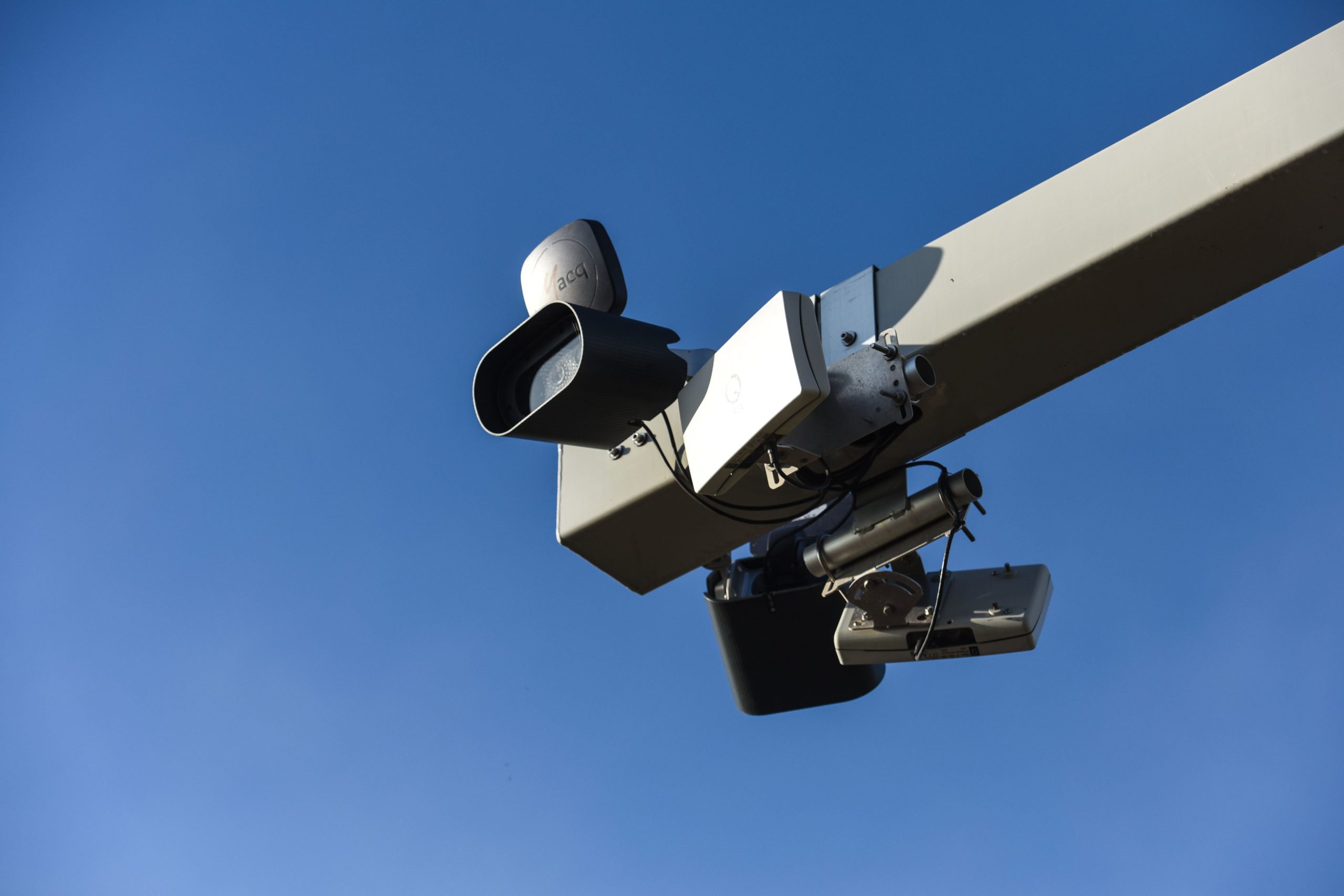
‘Flemish average speed checks finally operational’

Average speed checks based on license plate recognition are considered more effective than speed cameras because they can check the average speed over a longer distance /Belpress
Flemish Minister for Mobility, Lydia Peeters (Open Vld), is happy to announce that the problem of the non-functioning average speed checks,


Comments
Ready to join the conversation?
You must be an active subscriber to leave a comment.
Subscribe Today